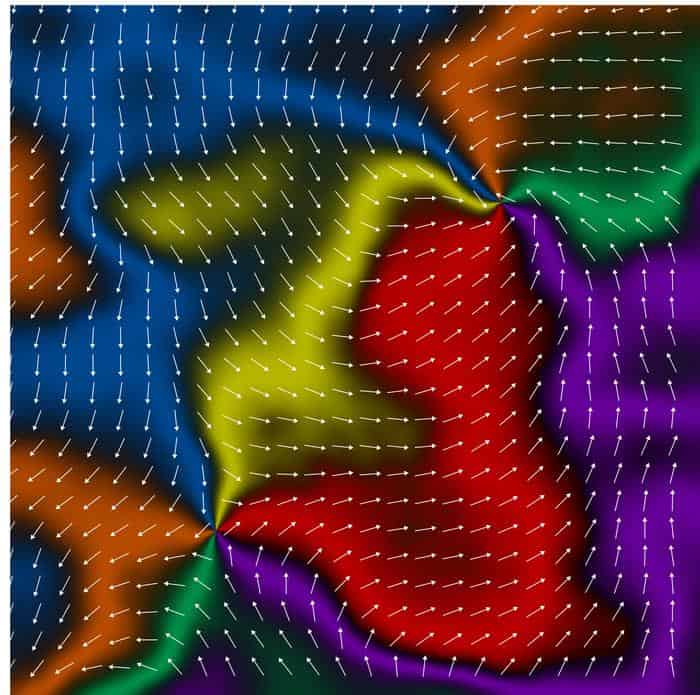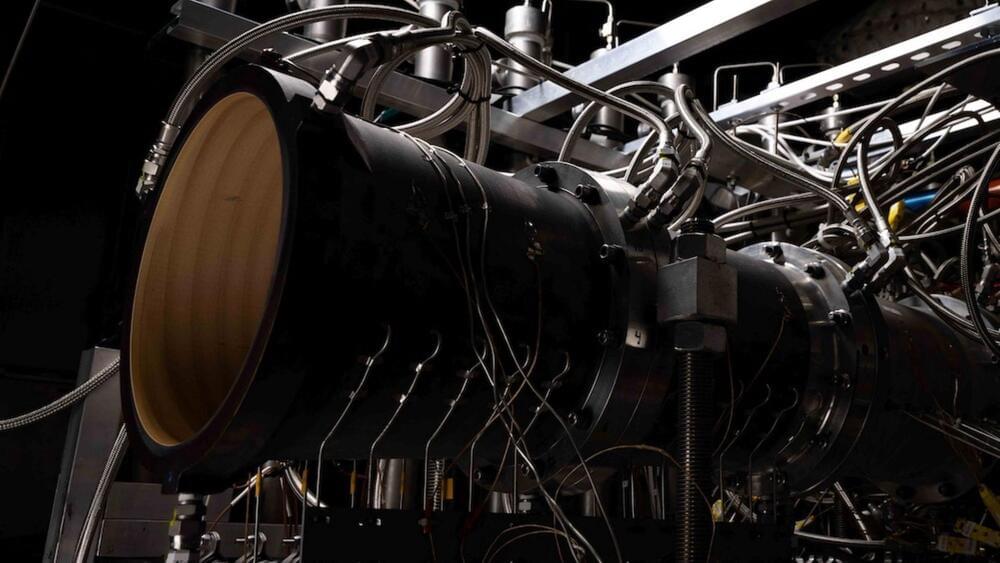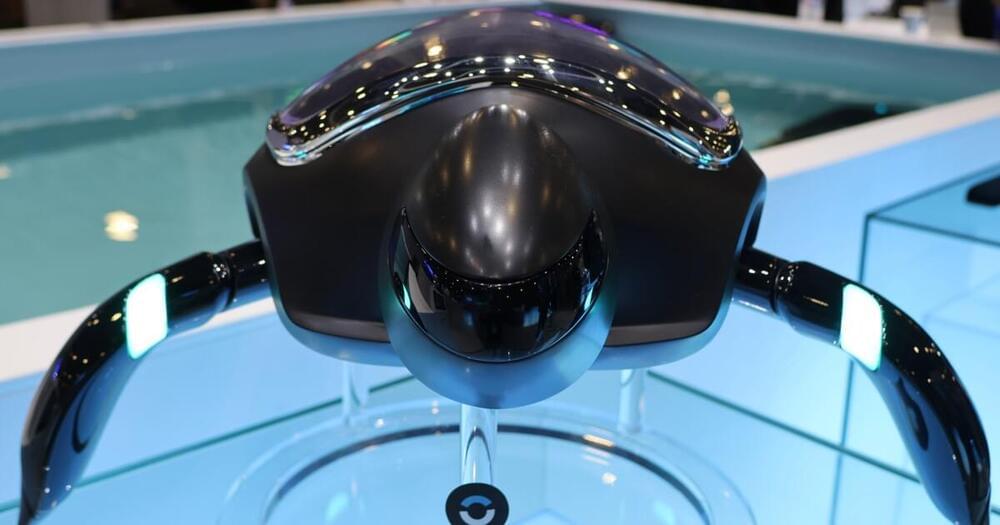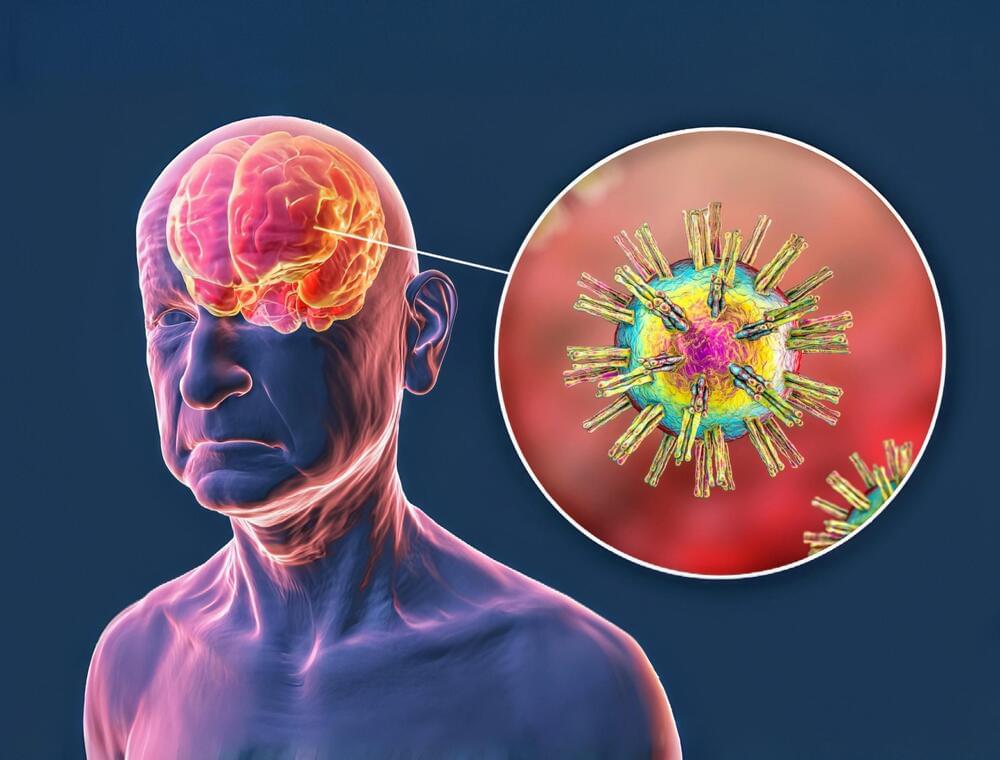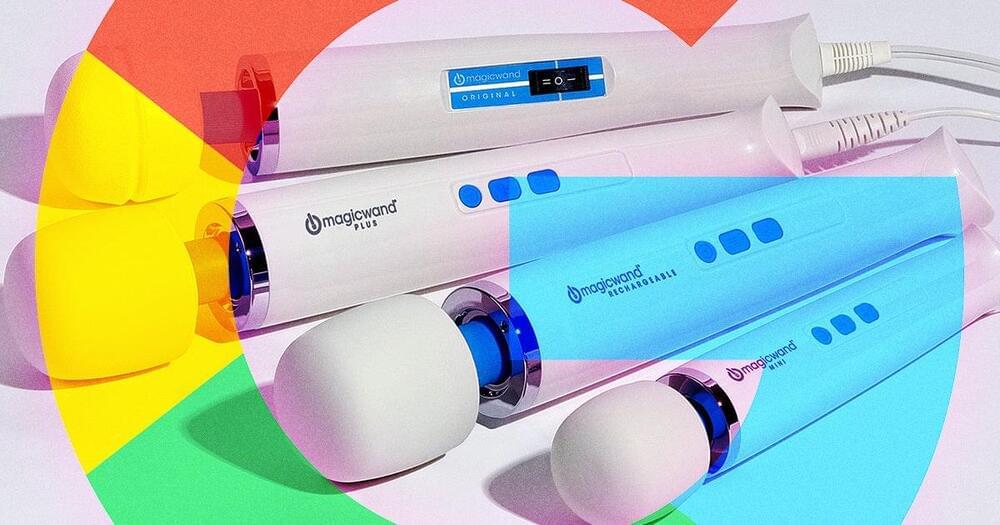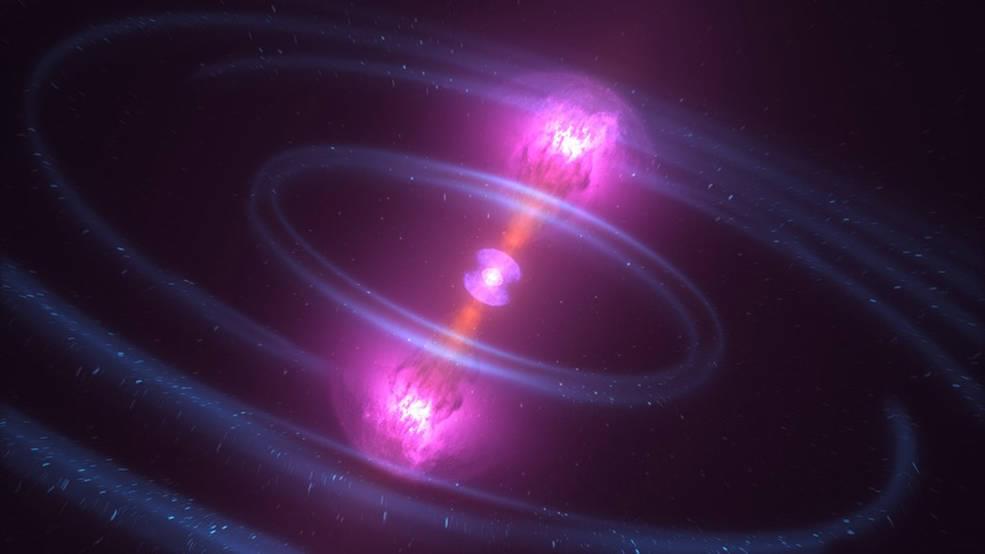A new way of measuring structures deep inside Earth has highlighted numerous previously unknown blobs within our planet’s mantle. These anomalies are surprisingly similar to sunken chunks of Earth’s crust but appear in seemingly impossible places.
A recently-discovered class of magnets called altermagnets has been imaged in detail for the first time thanks to a technique developed by physicists at the University of Nottingham’s School of Physics and Astronomy in the UK. The team exploited the unique properties of altermagnetism to map the magnetic domains in the altermagnet manganese telluride (MnTe) down to the nanoscale level, raising hopes that its unusual magnetic ordering could be controlled and exploited in technological applications.
In most magnetically-ordered materials, the spins of atoms (that is, their magnetic moments) have two options: they can line up parallel with each other, or antiparallel, alternating up and down. These arrangements arise from the exchange interaction between atoms, and lead to ferromagnetism and antiferromagnetism, respectively.
Altermagnets, which were discovered in 2024, are different. While their neighbouring spins are antiparallel, like an antiferromagnet, the atoms hosting these spins are rotated relative to their neighbours. This means that they combine some properties from both types of conventional magnetism. For example, the up, down, up ordering of their spins leads to a net magnetization of zero because – as in antiferromagnets – the spins essentially cancel each other out. However, their spin splitting is non-relativistic, as in ferromagnets.
GE Aerospace is advancing hypersonic flight with plans to scale up its dual-mode ramjet technology in 2025.
To create a full propulsion system, engineers will improve sophisticated controls and use state-of-the-art materials from jet engine advancements in the upcoming months. This will be a crucial step in reaching flying capabilities.
An sophisticated hypersonic dual-mode ramjet that can handle high-speed, long-range flying across a variety of multi-mission aircraft was unveiled by GE Aerospace in July 2024.
If you’re setting out to build an underwater robot that’s speedy, maneuverable and versatile, why not just copy what already works in the natural world? That’s exactly what China’s Beatbot has done, with its bio-inspired Amphibious RoboTurtle.
Unveiled in prototype form last week at CES, the autonomous robot is designed for applications including ecological research, environmental monitoring, and disaster response.
As such, it can be equipped with hardware such as a water sampling unit, GPS module, ultrasonic sensors, and AI-enabled cameras. The latter reportedly allow it to perceive and react to changes in its environment, and to autonomously track/follow marine animals.
Bill Gates worries that kids today may miss out on a key advantage he had. The billionaire credits his successful career, in part, to having the freedom, and free time, in his youth to explore the world around him, to read and to think deeply without more modern distractions like smartphones and social media.
Today’s kids spend less time outside, exploring and playing with friends, than previous generations, thanks to the ubiquity of smartphones and social media.
That switch from a “play-based childhood” to one that’s “phone-based” has triggered a cultural shift that’s behind rising rates of mental health issues in younger generations, along with other negative effects on kids’ ability to learn and socialize, according to social psychologist Jonathan Haidt’s 2024 best-selling book “The Anxious Generation.”
NCI’s Imaging Data Commons (IDC) now contains tumor and tissue images from nearly 2,000 children participating in the Molecular Characterization Initiative. The IDC is a cloud-based repository of publicly available cancer imaging data.
NCI Imaging Data Commons.
Concussions and repeated head injuries are no longer seen as mere occupational hazards of contact sports; they are now recognized as serious health concerns.
Recent research from Tufts University and the University of Oxford reveals a potential link between head trauma and the activation of dormant viruses in the brain, which may lead to long-term neurodegenerative diseases such as Alzheimer’s.
The findings, published in the journal Science Signaling, suggest that early preventive treatments using antiviral drugs could help mitigate these risks.
Google’s controversial search AI was caught recommending that parents use a popular vibrator on children as a method of behavioral therapy.
The Chinese government is considering a plan that would have Elon Musk acquire TikTok’s U.S. operations to keep the app from being effectively banned, Bloomberg News reported Monday.
The contingency plan is one of several options China is exploring as the U.S. Supreme Court determines whether to uphold a law that calls for China-based ByteDance to divest TikTok’s U.S. business by Jan. 19, the report said, citing anonymous sources.
After that deadline, third-party internet service providers would be penalized for supporting TikTok’s operations in the country.
The star HD 65,907 is not what it appears to be. It’s a star that looks young, but on closer inspection, it is actually much, much older. What’s going on? Research suggests that it is a resurrected star.
Astronomers employ different methods to measure a star’s age. One is based on its brightness and temperature. All stars follow a particular path in life, known as the main sequence. The moment they begin fusing hydrogen in their cores, they maintain a strict relationship between their brightness and temperature. By measuring these two properties, astronomers can roughly pin down the age of a star.
But there are other techniques, like measuring the amount of heavy elements in a stellar atmosphere. Older stars tend to have fewer of these elements, because they were born at a time before the galaxy had become enriched with them.

